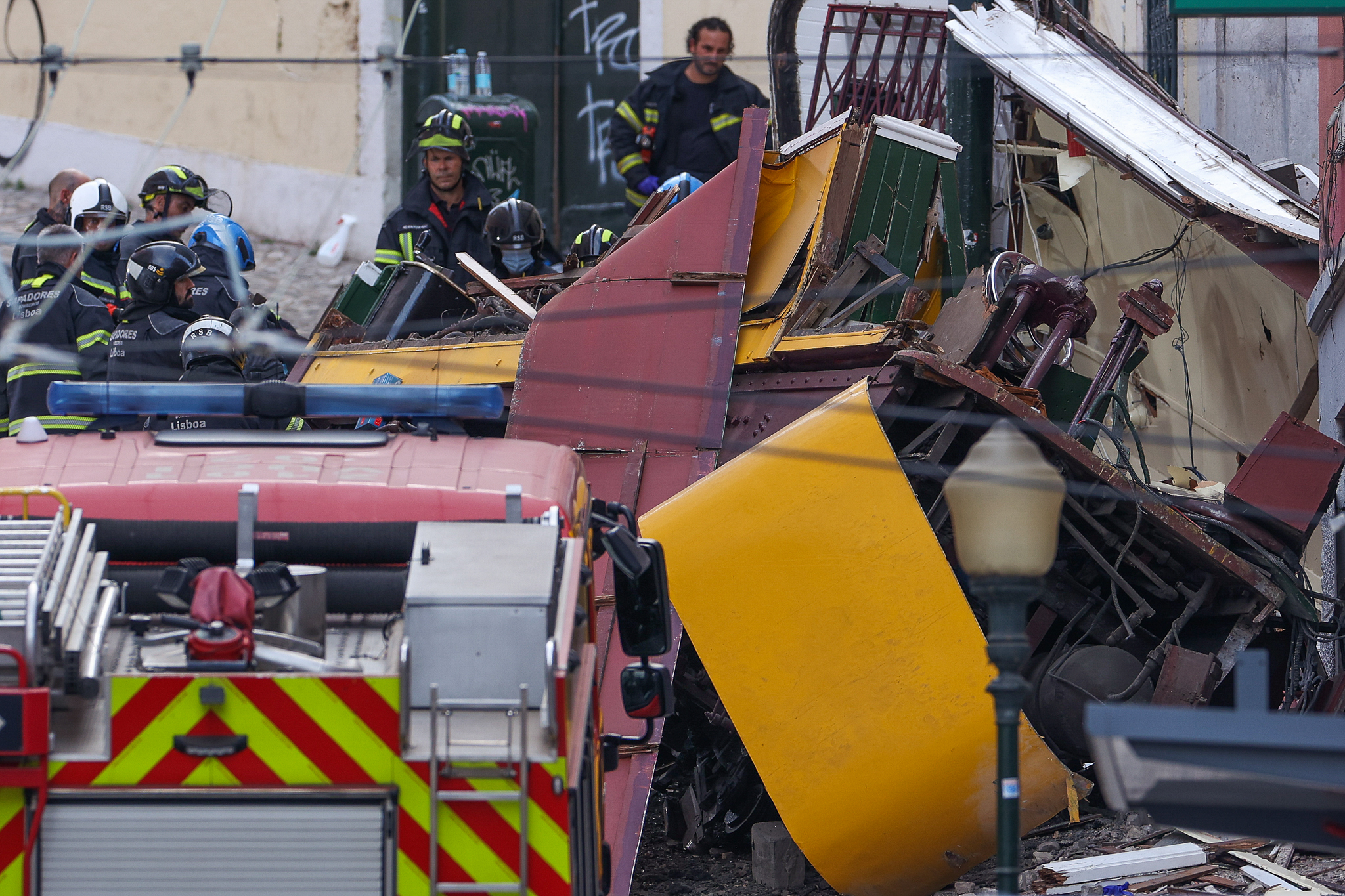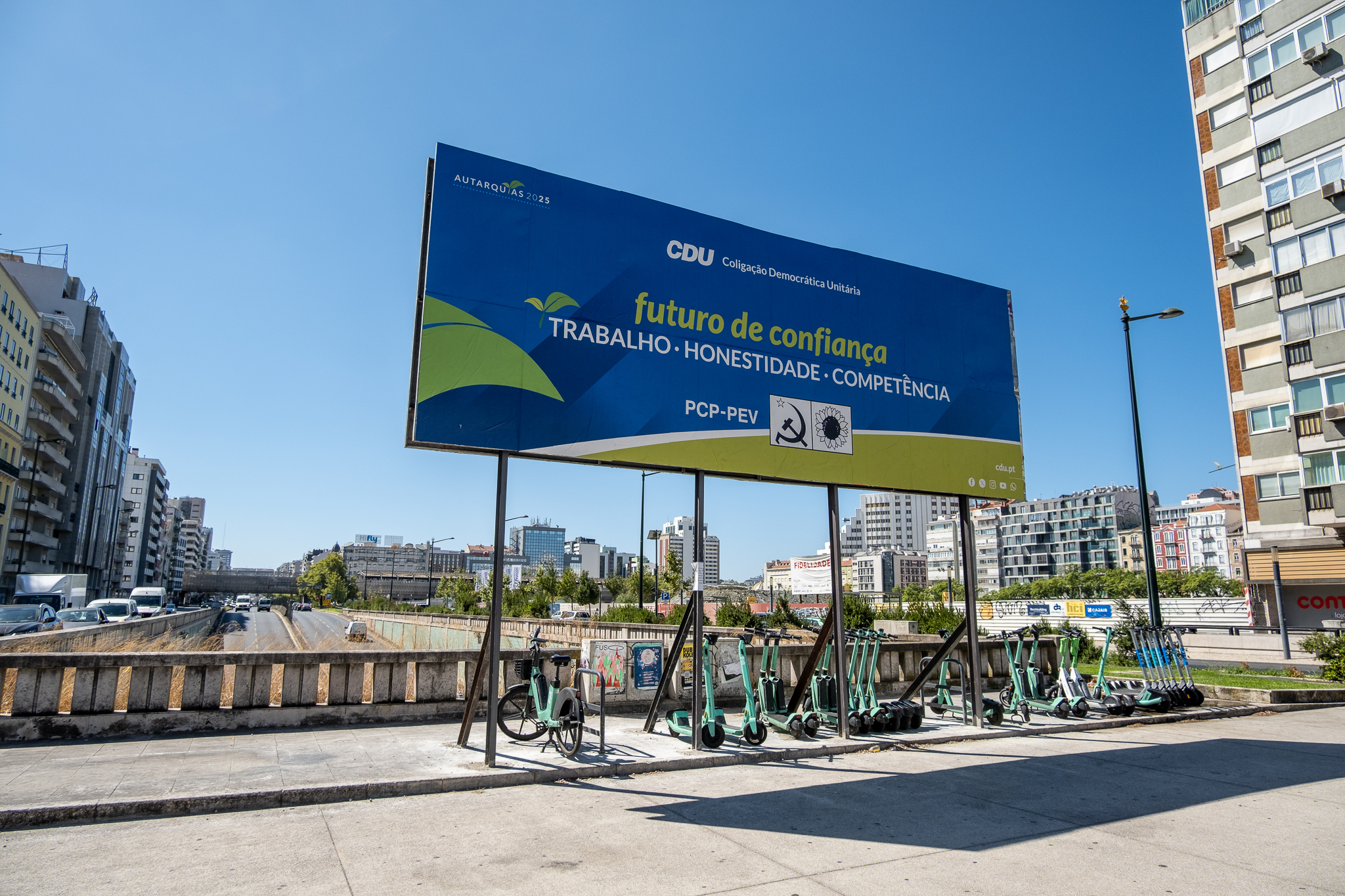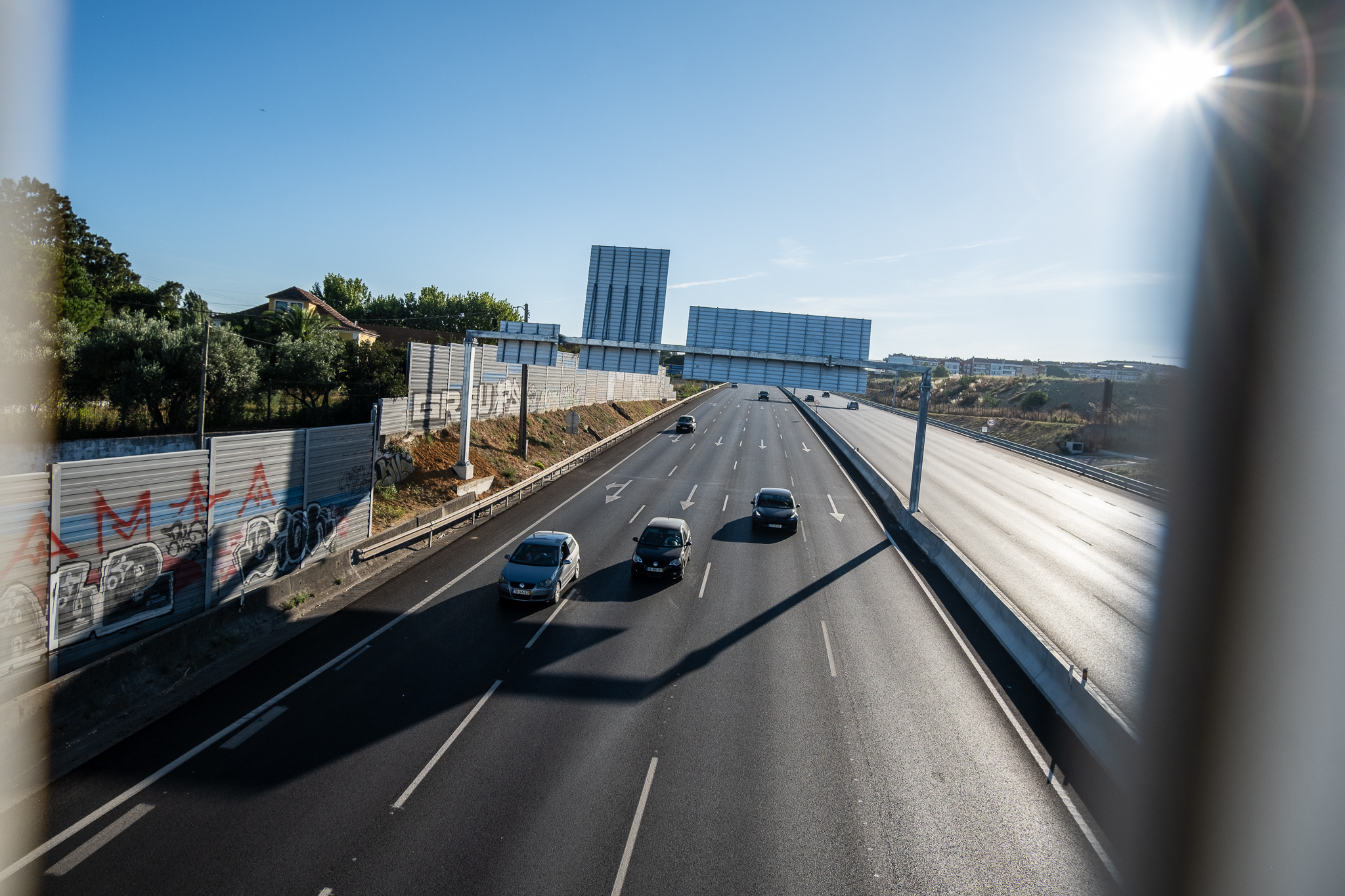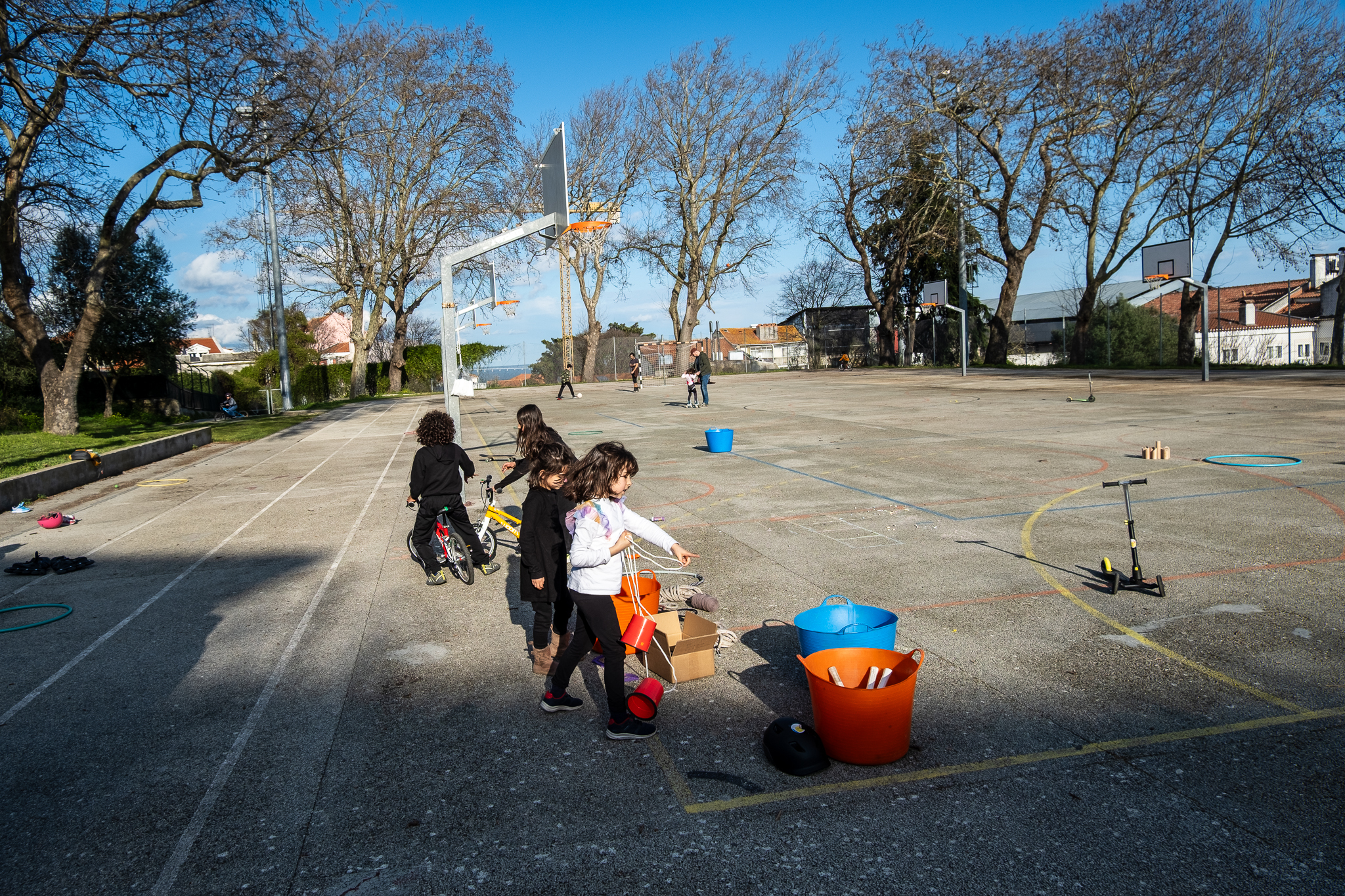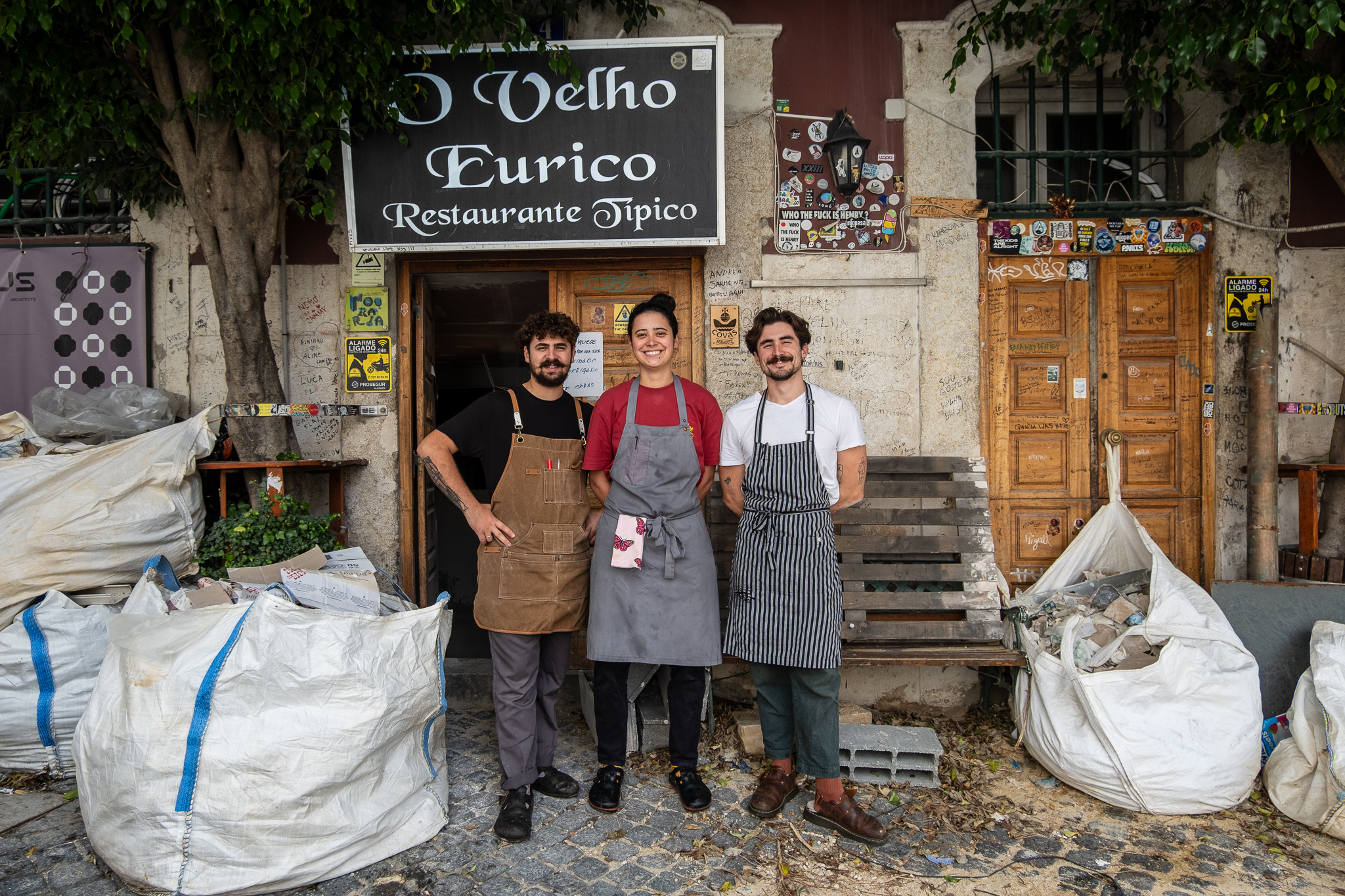Since Expo'98, public space in the Lisbon metropolitan area has changed a lot. In a collection of three books, available free of charge in digital format, we recognize the requalification work that has taken place throughout this territory over the last 25 years.

What has changed in public space in the last 25 years? What can we learn from the past to better plan for the future? These are some of the questions that the research project is addressing MetroPublicNet, from the Lisbon Faculty of Architecture, is trying to answer this question, while at the same time formulating what a Metropolitan Public Space Network might look like. The group of researchers has already mapped more than 1,100 interventions carried out in recent years throughout the Lisbon metropolitan area (amL). It has now selected 24 of them to highlight in a collection of three books that it is making available to the public free of charge.
"These three books are the result of an intermediate phase of the MetroPublicNet project in which we recognize the work that has been done to upgrade public spaces in the Lisbon metropolitan area over the last 25 years, since Expo'98"explained João Rafael Santos, the project's coordinator, during the presentation of this work. "These books seek to be a systematized and representative, but always limited, form of this universe of interventions that have been made and which are based on three pillars: walkability and active mobility, connected and cohesive neighbourhoods, and green and blue infrastructures."

The presentation of the three books took place this Friday, October 20, at the headquarters of the Lisbon Metropolitan Area (AML)where technicians from the various municipalities and other entities with an impact on the amL territory took part in a workshop promoted by MetroPublicNet researchers. To Carlos HumbertoThe first secretary of the AML, these books allow us to look back and learn from our mistakes: "A lot has been done in terms of public space in amL, but there's still a lot to do. And it hasn't always been done well. We need to look back, evaluate what we did well and what we did badly, so that we don't repeat the same mistakes in the future or do better."
As we all know, the requalification of public spaces - in amL, as in other territories - is achieved thanks to the availability of community funds, which help to pay for part of the interventions. And in this context, Carlos Humberto shared an outburst: exist "some costs" because amL has "the importance and potential" it has in terms of access to this EU fundingcompared to other regions in Portugal. "To give you an idea, there has been a reduction from around 800 million euros, which we had in the current Community framework, to around 400 million euros"said the AML official. On the other hand, "while in the rest of the country, [project] funding is around 70-85%, here it will be reduced to 40%".
From Mafra to Setúbal, from Cascais to Vila Franca de Xira, from Almada to Alcochete

With more or less money, the books that are now being published are a kind of eulogy to what has been achieved in recent decades, from Mafra to Setúbal, from Cascais to Vila Franca de Xira, from Almada to Alcochete. "Within the immense universe of interventions that we found and mapped (more than 1100), we selected 24 cases of a very different nature, using a criterion of representativeness and interest. We tried to ensure that at least one of the 18 aml municipalities was represented and we tried to organize the examples according to these three main pillars or rationales"clarified João Rafael Santos.

Each book contains a common introduction, followed by an approach to the theme of each volume ("Walkability and Active Mobility", "Connected and Cohesive Neighborhoods" and "Green and Blue Infrastructures"), and eight case studies. During the presentation, João went through two examples from each book: from the Metro Sul do Tejoin Almada and Seixal, where a new transportation infrastructure forced a rethink of the public space in a series of avenues and roads, to the Riverside paths and the urban redevelopment of the EN10in Vila Franca de Xira, where a dialog was created between recreational mobility and everyday mobility; from the Calçada da Ajudain Lisbon, where the idea was to extend the housing and commercial areas to the outside, to the Leceia and Italian Quarryin Oeiras, which arose from illegal genesis and where a balance was sought with natural areas; from Foz do Lizandro and Ribeira d'Ilhas beachesin Mafra, which represent a different type of public space, to the Lisbon's waterfrontin which the city moved closer to the River Tagus.
Download free
The 24 projects selected are representative of the diversity in terms of type, program, funding and territorial positioning. The three books are available on the AML website, at the Faculty of Architecture in Lisbon and also at URBinLABthe research center in which MetroPublicNet is integrated. They can also be downloaded here:
"When we don't know what's been done and we invent what others have already done"
O MetroPublicNet project aims to understand whether public space can be designed and structured at metropolitan level to create an integrated and coherent network capable of meeting the challenges of urban robustness, low-carbon mobility and territorial cohesion. This research project explores the hypothesis that a Metropolitan Public Space Network can maximize territorial synergies and forms of integration, capable of building a socially identifiable metropolitan identity, as we explained here.
It has three main objectives: to contribute to the debate on the importance of metropolitan-scale projects in the field of public space; to contribute to a critical reading of qualification projects in the region; and to provide contributions and recommendations for the design of public space, through collaborative partnerships between the administration, the university and civil society. Promoted by Research Center for Architecture, Urbanism and Design, Faculty of Architecture, University of LisbonThe project is funded by Foundation for Science and TechnologyIt has the support of AML and the collaboration of the municipalities.

During the presentation, Carlos Dias Coelho, President of the Faculty of Architecture of Lisbon (FAUL), emphasized that these books are "the first step of what we should do in any job, which is to realize what has been done and have a critical view of what has been done. One of the most missed opportunities we have is when we don't know what's been done and we invent what others have already done, already experienced, and how we could learn and start from a different level.". For the architect, since the population is becoming increasingly urban, the public space "it must be recognized as an essential element in the organization of our urban spaces, with all the variations they now have, even when sometimes we don't even recognize these natures". "We all have the right to live in quality public spaces"concluded Carlos Dias Coelho.
For his part, David Vale - who, in addition to the Hi-BicLab, another research project we've been following here at LPPThe author - who also collaborates with MetroPublicNet - highlighted the importance of the book as a way of bringing scientific research closer to the technical world that can apply this knowledge in practice. "Dissemination is very important. We researchers produce a lot. A lot is known. But we have trouble reaching the local authorities, the decision-makers and the executors"The FAUL professor added that it is also important to collaborate in identifying the problems and "working in a 'network' - the word 'network' is important here for the project".

